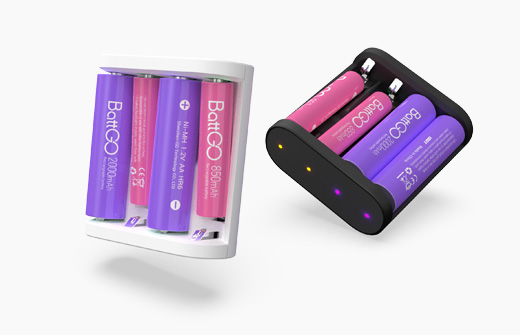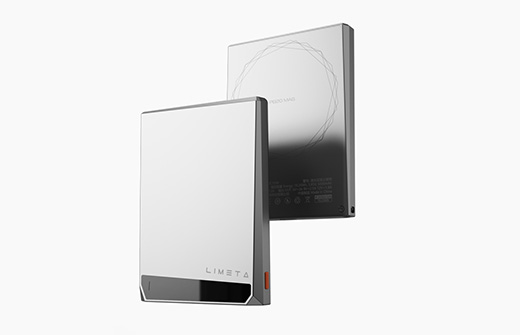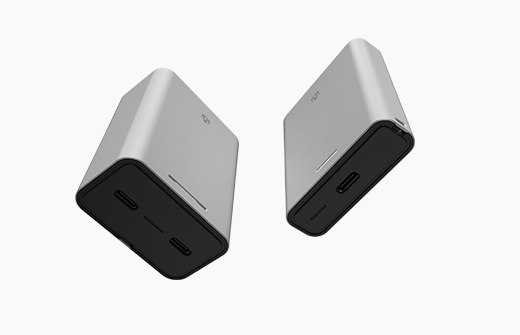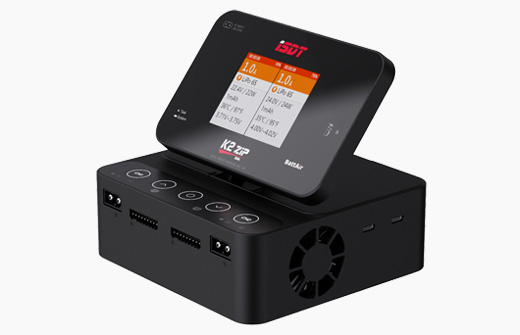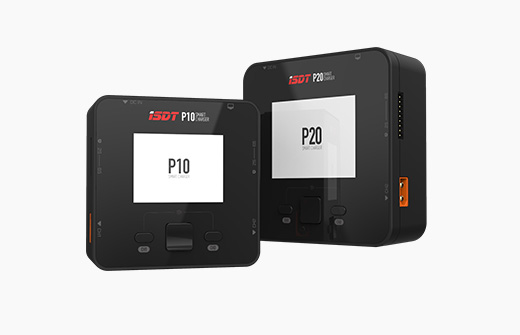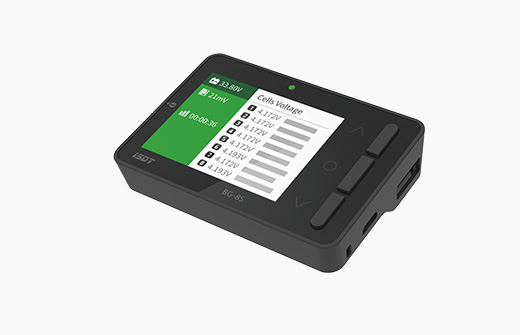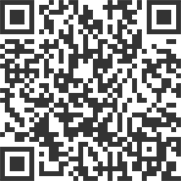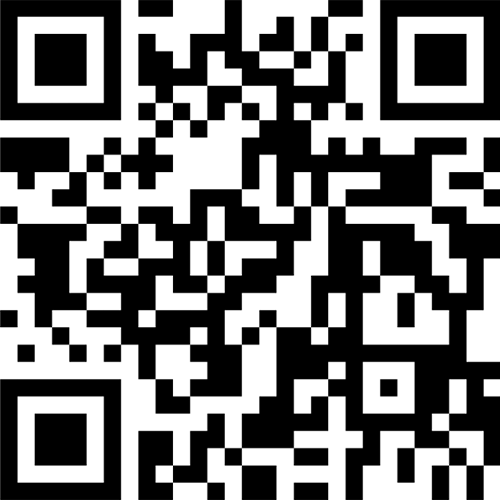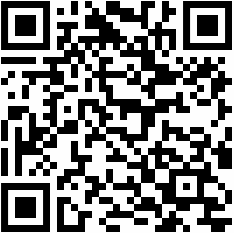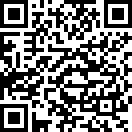B60
USER MANUAL
Thank you for purchasing ISDT B60 smart charger.
Visit ISDT official site www.isdt.co for more detials about B60 and matching accessories.
Since the produce is constantly updating, this manual may differ from the actual operation. Please refer to the actual function.
To ensure the charging safety while offer better use experience,
we insist that you should read these terms through before using the product.
- Never use the charger without supervision. When malfunction occurs, stop operation immediately and refer to this manual.
- Make sure that the charger stay away from dust, damp, rain and heat. Avoid direct sunlight and vigorous impact.
- Make sure that the charger always on the heat-resistant, non-flammable and insulating surfaces. Do not use it on places like car seats or catpet. Keep inflammable and explosive objects away from the operation areas.
- Make sure that you fully understand the features and properties of the battery you charge, and set the porper charging parameters before operating. Setting the parameters incorrectly may result in damage to the product, even cause catastrophic consequences such as fire, explosion, etc.
Before connecting the battery, please ensure that the battery voltage is in the rang of the working voltage of this product. During the working process
please ensure that the number of battery cells selected is the same as that of the battery connected.
Only operate this device in a cool and ventilated area away from flammable objects.
This product may emit heat during use, so do not let children operate it.Disconnect and remove the battery as soon as possible after use.
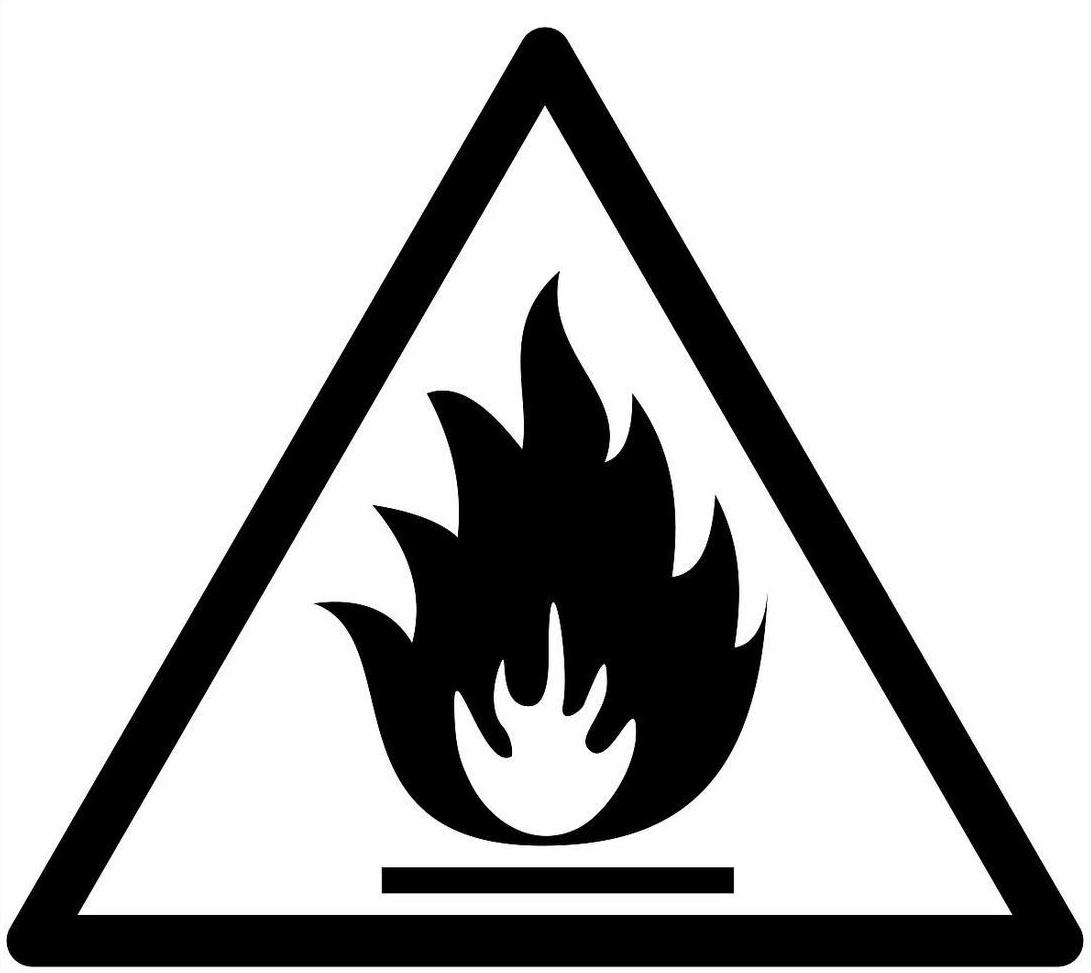
FIRE HAZARD!
| Model | B60 | ||
| Input voltage | AC 110~240V | ||
| Output voltage | DC 20~58V | ||
| Max.input current | AC 16A | ||
| Max.charging power | 3000W (@220V AC) | 1300W (@110V AC) | |
| Max.discharging power | 200W | ||
| Charging current | 1.0~52.0A (Max) | ||
| Discharging current | 0.5~5.0A (Max) | ||
| Balance current | 2A/Cell Max | ||
| Abnormal voltage alarm | Support | ||
| Incorrect cell count setting alarm | Support | ||
| BattAir technology | Support | ||
| Working temperature | 0°C-40°C | ||
| Storage temperture | -20°C-60°C | ||
| Size | 356 × 136.8 × 164.1mm | ||
| Weight | about 3973g | ||
| Supported battery types and cell count | LiFe (6~16S), LiPo (6~14S), LiHv (6~13S), ULiHv (6~13S) | ||
| Rated Voltage | Fully Charge Voltage | Storage Voltage | Discharge Voltage | Balance Charge | Unbalanced Charge | Supported Cell Coun | Max.Charge Current | |
| LiFe | 3.20V | 3.65V | 3.30V | 2.90V | √ | √ | 6-16S | 52A |
| LiPo | 3.70V | 4.20V | 3.80V | 3.30V | √ | √ | 6-14S | 52A |
| LiHv | 3.80V | 4.35V | 3.85V | 3.40V | √ | √ | 6-13S | 52A |
| ULiHv | 3.85V | 4.45V | 3.90V | 3.50V | √ | √ | 6-13S | 52A |
Make sure to know the maximum charging current of the battery before charging, never use excessive current to charge to damage your battery, which will result in over heat even explosion during the charging process.
The charging and discharging capacity of battery is usually marked with C value. Multiplying the charging C value and battery capacity equals to the maximum charging current supported by the battery. For example, for a 1000 mAh battery with a charging capacity of 5C, the maximum charging current would be 1000*5=5000mA; therefore, the maximum charging current is 5A.
For a lithium battery, if it is impossible to con rm the supported charging C value, please set the charging current below 1C, for the sake of its (lithium battery) safety. The reference relation between C value and charging time:
charging time ≥60 minutes/ charging C value (e.g. it needs around 60-70 minutes to complete charging with 1C). Due to di erences in battery conversion e ciency, the time to complete the charging might be extended.

Connect the charger to the power supply, and it will automatically turn on. Then connect the battery, press the setting button to enter the task setting menu, After setting the parameters, press the task start/stop button to get it to work.
The task setting menu as follows:
| Task | Charge, Discharge, Storage | ||
| Battery | LiFe ,LiPo,LiHv,ULiHv | ||
| Current | LiFe (6~16S), LiPo (6~14S), LiHv (6~13S), ULiHv (6~13S) | ||
| Battery and cell count | 1.0~55.0A(Max) | ||
Charge
The charging current setting range is 1.0~55.0A (Max).
For lithium batteries, it is strongly recommended to connect them with the balance port for balance charging, which ensures the charger accurately monitor the voltage of each cell and balance the inconsistent ones.
When charging in unbalance mode (without balance port connection), the charger will indicate alarm prompt before starting the task.
Discharge
The discharge current setting range is 0.5A~5.0A.
Top to bottom and left to right: Task mode, Battery type and cells, Battery cell voltage, Total battery voltage, Charged capacity, Output current, Working time.

Main page (Charging)
①Download from the official site: Reach “www.isdt.co” and click “Support-Software”.
②Download from QR Code: Scan QR Code below with a mobile device, then follow the instructions.
③Click “+” on the upper right corner of APP surface,then follow the direction to add the device to get started.
*All product photos,statements and literature are for reference only. For up-to-date information, please visit our official web www.isdt.co.
SHENZHEN ISD TECHNOLOGY CO.LTD ISDT reserves the right of final explanation and revision for the terms.










